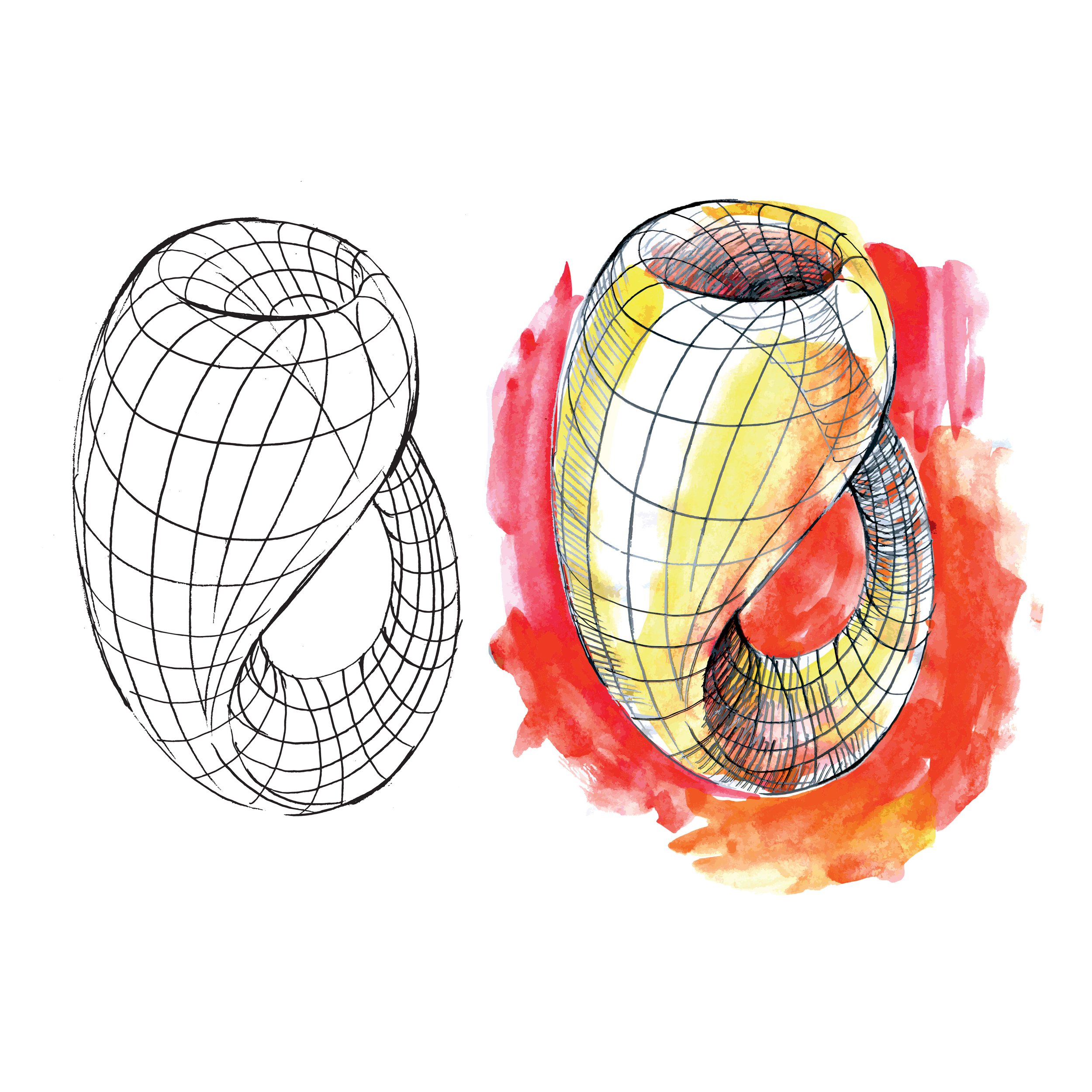Our mission is to control biological systems to understand life and cure disease

What do we do?
Our lab’s mission is to control biological systems to understand life and cure disease. For example, we try to generate blood stem cells from skin fibroblast cells to transplant into patients with blood cancers. To control biological systems, we need models that can predict how they will respond to perturbations. To construct informative models, we perform high through-put and quantitative measurements of biological systems. In many cases, we develop new technologies to make these measurements. For example, we have developed microfluidic devices to directly observe proliferation of mammalian single cells across tens of generations. To understand blood cancers, we have developed tools to simultaneously read out the cancer mutation and transcriptional profile of individual cells from patients. To understand development, we have engineered cells with synthetic constructs to record their lineage histories in their own DNA. Analyzing data produced by these new types of measurements requires new types of models. Our models range from simple phenomenology from first principles to data-driven machine learning. Ultimately, we aim to automate the process of measuring and modeling of biological systems so that our understanding and control of biology is not limited by human cognition.
Recent projects
Cancer biology
We have reconstructed the lineage trees and differentiation trajectories of individual cancer cells obtained from blood cancer patients. To our surprise, we discovered that the cancer mutation occurred decades before diagnosis.
Technology development
We have developed a technology platform to sequence the transcriptome of individual bacterial cells.
Synthetic biology
Using tools such as CRISPR, we have engineered single cells to record their lineage histories in their own DNA. These synthetic recorders provide an unprecedented view into development.
Theory and computation
We use tools from differential geometry and machine learning to understand large biological data sets.
Sounds interesting? Join us!
We’re always looking for undergrads, graduate students, and postdocs to join our lab. Contact us if you are interested in finding out more.



